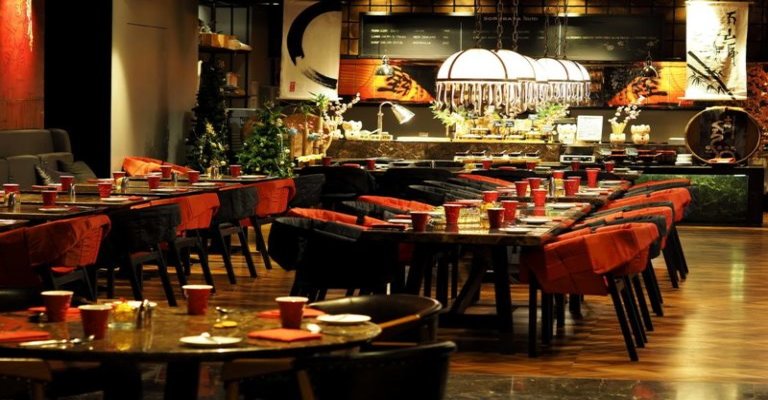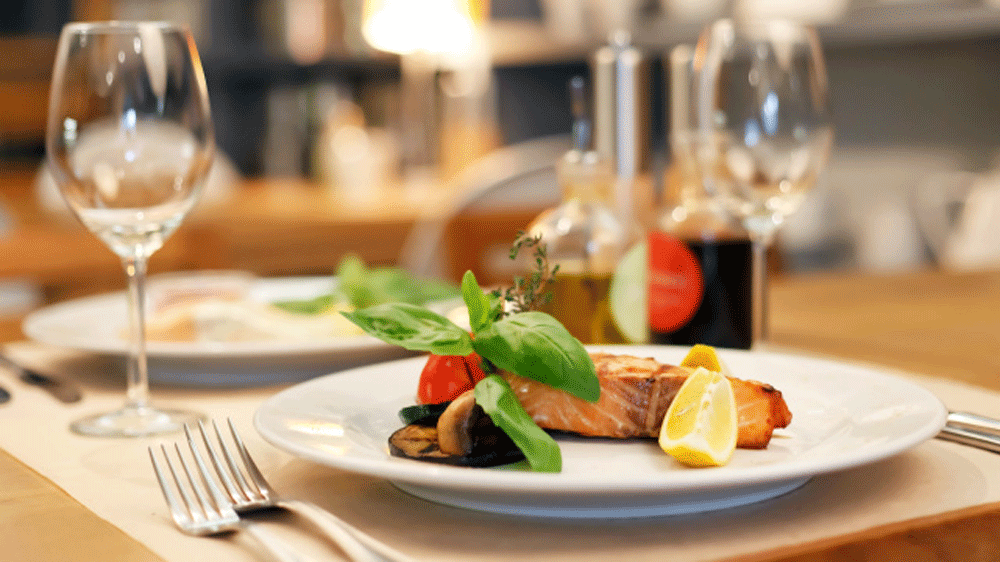In every city, there are always a few restaurants that are well-known among the locals. Not only are they familiar with the location, but they also have personal connections to the proprietors and employees of the business. Because it fosters a sense of community, the restaurant is, in many respects, as significant to the neighbourhood residents as their own homes and kitchens. Many local and national businesses in a given area contribute to the strong sense of community that gives certain towns their reputation as foodie havens. More explanation is available on Restaurantes Salvadoreños cerca de mi.
Tourism
Food tourism is becoming increasingly popular. People are willing to go to great lengths to sample a specific restaurant’s cuisine or dish, including making travel arrangements. If you go to Atlanta, you can eat at the Varsity, and if you go to San Francisco, you can’t miss out on dining at the Fog City Cafe. A city can develop into a tourist destination with a thriving restaurant culture. People who travel by car often spend the night in cities with a wide variety of high-quality dining options because it is more convenient. You might discover that one of the reasons a person keeps coming back to your local community is because they adore eating at a particular restaurant. Regardless of its size, any town can benefit tremendously from adding a high-quality restaurant, especially when it comes to luring tourists.
Presentation
We eat with our eyes before our mouths, and restaurants spend much time figuring out how a finished dish should look, from what kind of plate to which garnish pairs best. Because we eat with our eyes before our mouths, restaurants spend much time figuring out how a finished dish should look.
Salt
Salt is typically used in a very liberal manner in restaurants. At each stage of the cooking process, they give each component of each dish its unique seasoning and salt, and they do this for each step. Always add a bit more salt than you need, especially when cooking large chunks of meat like steaks or pork chops. This is especially important.

Hot Ovens
In restaurants, ovens are frequently turned to temperatures of 500 degrees Fahrenheit or higher and run at full power throughout the night. The cooking process is sped up using high heat, and the resulting food has a more satisfying crust, darker browning, and deeper flavour.
Shallots
You’d be surprised to learn how much shallots are consumed at restaurants. Shallots have a more subdued flavour than common spices like onions or garlic, but they can work their culinary magic in just about any savoury dish. They lend an incredible richness to the overall flavour.
Stock
Using leftover vegetables, meat, and bones to make stocks lends an additional layer of flavour to any dish, especially when the liquid is reduced. Many of the best restaurants in the world make their stocks.
Butter
People often say that fat is flavour, and one of the easiest ways for restaurants to improve the flavour of their food is by adding lots of butter. That nutty flavour of those roasted vegetables or the velvety texture of that sauce? Those are two of my favourite things. That’s all butter, right there.

